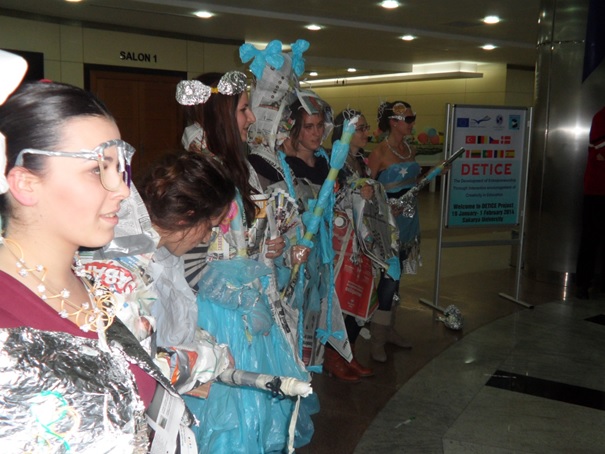CZECH WORKSHOP
Friday Workshop of The Czech team was aimed at real experience (workshop is based on FRVŠ_2012_2300). Students tried how does it feel to be blind and with physical disability. They had five tasks to accomplish. The first was experience with smell. Students had blindfolds and sniffed three from five secret containers and they had to recognize the smell. The second part was the taste training. Again students had blindfold and tasted hidden food and drinks. There were salty, sour, sweet and bitter food and drinks. The most funny task when it came on creativity of participants was „to imagine that you are not able use both hand and try to tie your shoe laces with one hand and then try to sign yourself with hand, which you ordinarily don’t use for writing“. Students were very creative and invented many ways to tie shoe laces. On the other hand the most interesting was guiding of „blind“ person. Students were working in a pairs, one of them was „blind“ (blindfolds), the second one was guide. They had to go downstairs and upstairs, to guide „blind“ person to the toilet and then they went together to fill up a cup. Probably during this task most of them could vividly feel how often we need the vision for daily activities and how difficult is to “exist” without this sense. The second lecture was aimed at gifted people and the development of their creativity. It was not easy topic because work with these people is hard as well as with people with special needs. You need to be more creative for preparing lessons for very talented/gifted pupils, teacher has to have rich supply of creative tasks and concurrently practical tasks (write letter, cooking, shopping, visit post office, bank, etc.). At the end we would like to thank everybody for great ideas, new information, interesting opinions, different approaches and new friendships and cooperation. Many thanks belongs to Turkish organizers for well prepared project, illustration of Turkish schools, culture, food, creativity. We really enjoyed it! 
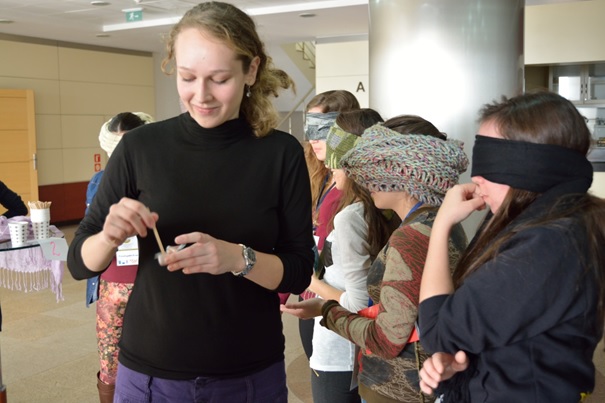
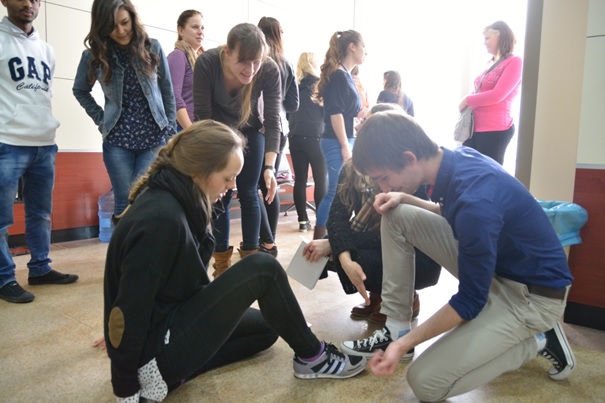
Turkish Workshop
Turkish workshop was prepared as three parts. The first part was Cultural Workshop and carried out by three different games. All of these games were carried out by groups. We aimed to reflect Turkey and its culture through the first workshop, while aim to put creativity and entrepreneurship into practice through the second and the third workshops. In the first part “Memory Game” participants were asked to make a pair of the given pictures .The pictures were chosen from the touristic attractions around Turkey. The aim of this game was to enable the participants the chance for seeing touristic attraction places in Turkey by the help of this game. The second game’s aim was to make the participants familiar with the Turkish Cuisine .They were asked to match the names of the Turkish food with the pictures. The last game was “Whispering Game” The participants were asked to pronounce the given Turkish words correctly. They have given chance to learn the basic words in Turkish they hear during their visit in Turkey.
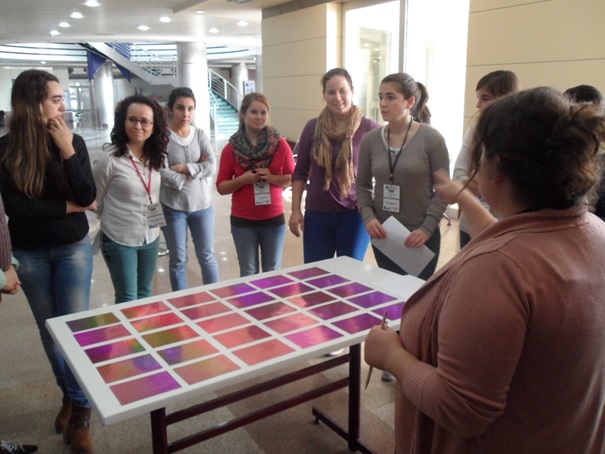
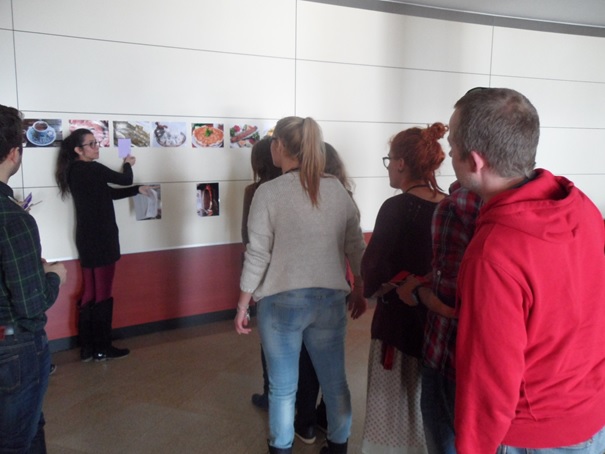
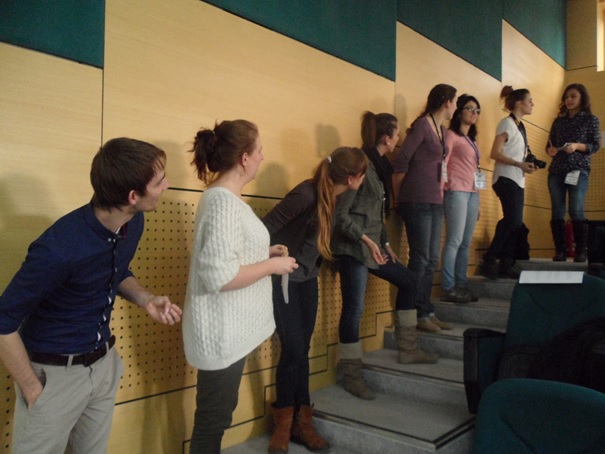
The second part was Academic Workshop. They were supposed to create their own primary school. This school must support creativity and entrepreneurship. So, they should design their education system including creative and entrepreneur activities. They wrote down all the details they think for their school because they would use these details for the second part of the workshop. In the second part of the academic workshop, they tried to fetch customers (who were our lecturers) for their school. The group who achieve to fetch more customers would be the winner of the workshop. For the third part of academic workshop, all the groups explained what and why they had designed and composed on the stage. After this part, all the groups found the customers and tried to convince them. Following the convincing step, all the groups explained what they had done.
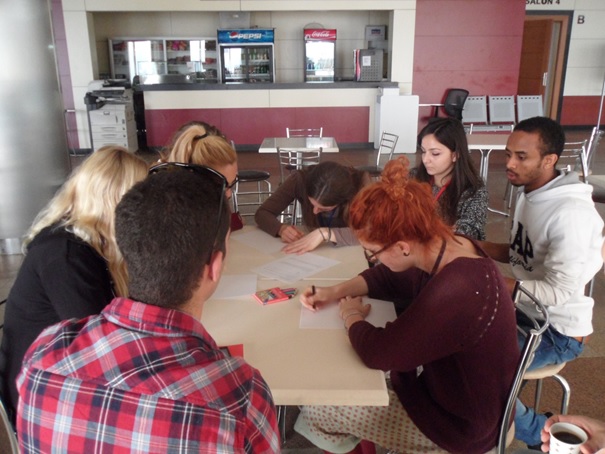

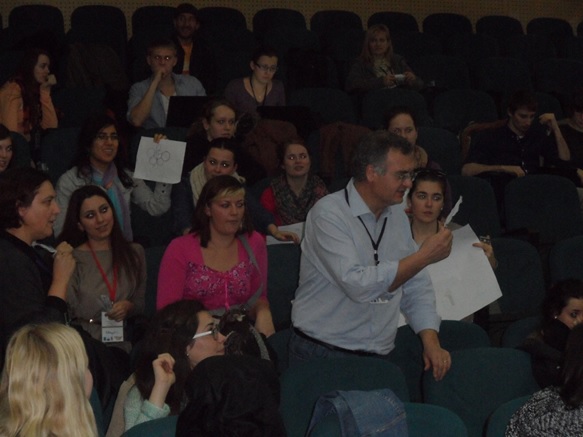
The third part was fashion show. We gave them materials to make their costumes. All the groups must use newspapers and masking tapes. The other materials were optional. For this task, they chose a model from their group member and dressed up her/him with the costumes they create. This model presented their group in the fashion show at the end. We gave them some criteria for the evaluation of their costumes. The criteria were durability, creativity, fashionable and usability. And also it was also important that; how many different materials the costumes included and how many items they created.

